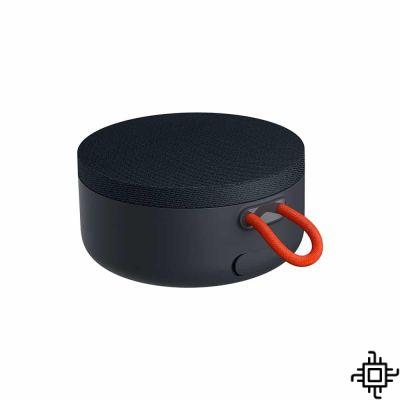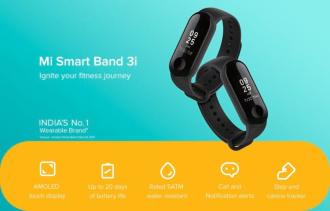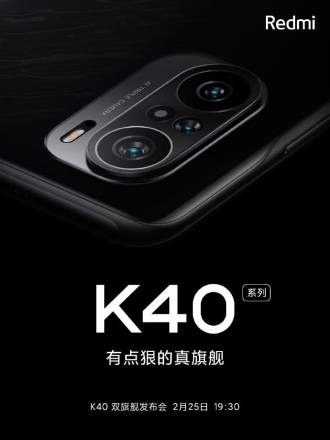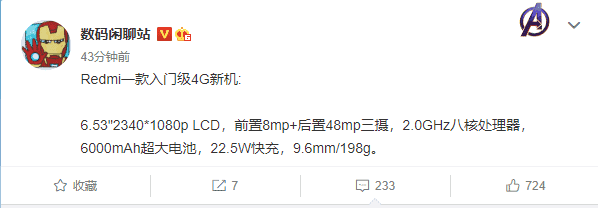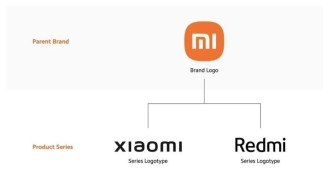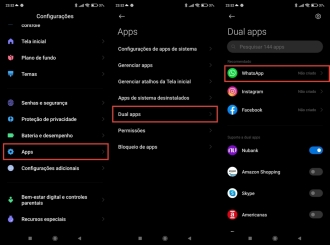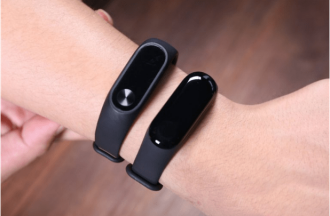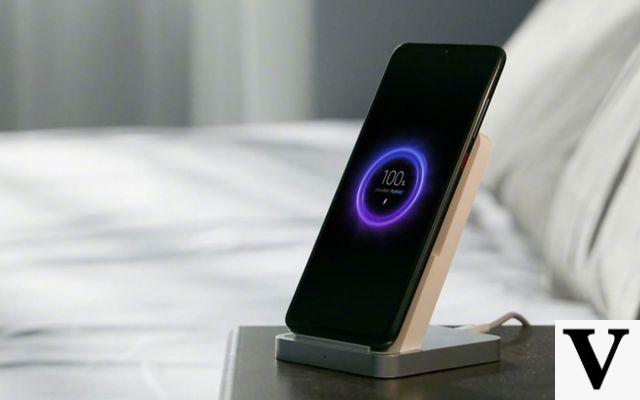Initially launched in 2014, the Mi Band is Xiaomi's proposal to attract the public looking for a fitness wearable that is efficient, beautiful and cheap. Over the years, the bracelet gained more functions, a completely redesigned design and kept the cost-benefit ratio, one of the main points observed by the brand's users.
Despite being a simple gadget, the Mi Band brings with it a series of features present in premium versions from other manufacturers, such as the heart rate sensor, sleep assistant and pre-set exercises, for example. Most of the functions available in the current version of the tracker - Mi Band 5 - are not present in the first models. Since then, Xiaomi has evolved the device a lot, implementing more activity monitoring features and improving the sensors already existing in previous versions. Most of the changes revolutionized the model, especially between the second and third generation.
1s">Mi Band 1 e 1s
The first model of the Mi Band is basic and without many details, having only a core with three indicator LEDs and vibration mode to communicate with the user. As it does not have a screen, the information and configuration management of the device is carried out through Mi Fit, the official application of the Chinese manufacturer and which is still used in current versions.
The Mi Band 1 has colored notification LEDs, thus allowing the customization of colors according to the notification received in the applications.
SPECIFICATIONS:
- Connection: Bluetooth 4.0;
- Battery: 41 mAh (average duration of 25 days);
- Leds: colored;
- Heartbeat sensor: no;
1s
A year after the first release, the company announced the 1s version, in which there was a small upgrade compared to the previous model. The update brought a heart rate sensor and monochromatic LEDs (a return compared to version 1).
Also called 'Mi Band Pulse', the model implemented an unreliable sensor, with a margin of error of approximately 10 bpm. However, for the time it was an innovation, especially in the smartband segment.
As for the design, both are identical, whether in the shape of the core or the silicone bracelet. Visually, the only change is in the color of the LEDs, being only white in this model.
SPECIFICATIONS:
- Connection: Bluetooth 4.0;
- Battery: 41 mAh (average duration of 25 days);
- Leds: monochrome;
- Heartbeat sensor: Yes;
- Certification: IP67
Mi Band 2: the first to have a display
It was from 2016 that the wearable gained a 0,42-inch OLED display, which despite being small and monochrome, allowed you to monitor in real time and on the smartband itself the number of steps, calories burned and heart rate. In this model, the sensors were improved, so they started to display a result closer to the real one, both in the pedometer and in the beats.
SPECIFICATIONS:
- Connection: Bluetooth 4.0;
- Battery: 70 mAh (average duration of 20 days);
- Viewfinder: OLED 0,42 "
- Heartbeat sensor: Yes;
- Certification: IP67;
The design of the bracelet was changed, gaining a touch button to control the functions displayed on the screen.
Mi Band 3: bigger screen and more functions
The interaction with the smart core has changed, being done through a 0,78-inch touchscreen display with a resolution of 128 x 80 pixels, which despite seeming little, is enough for the bracelet. The model launch took place in the first half of 2018.
Xiaomi has natively inserted new features into the fitness tracker, such as compatibility with new exercises (running, walking, etc.). Going further, the company introduced the possibility to activate the stopwatch, timer or view the weather forecast through the smartband.
Despite still maintaining the monochromatic color standard, larger display and touchscreen ushered in a new era in the Mi Band lineup, as public feedback was highly positive. From this version onwards, the other models have a touch-sensitive screen with good resolution.
SPECIFICATIONS:
- Connection: Bluetooth 4.2;
- Battery: 110 mAh (average duration of 16 days);
- Viewfinder: 0,78" monochrome OLED;
- Heartbeat sensor: Yes;
- Certification: IP68.
- Compatibility: Android and iOS.
As with the other upgrades, the manufacturer has inserted new sensors, thus ensuring even more the accuracy of the results. One of the main negative points of the model is precisely its display, which despite being a significant change, brings a weak brightness and makes it difficult to view the menus in sunlight.
- Xiaomi Mi Band 5 is updated after Mi Fit app is updated to version 4.4.0
- Smartband Xiaomi Mi Band 5 is released: What has changed for Mi Band 4?
Mi Band 4:
Announced in the second half of 2019, the fourth generation of the bracelet brought everything that users had been waiting for: color display, compatibility with various sports and music control. Rightly, Xiaomi kept what was good in the last generation and implemented new features that made the Mi Band 4 the most complete and interesting version of all.
Keeping the cost-effectiveness, the company managed to consolidate the fourth generation of the Mi Band in the market, which oddly enough. pleased more than the next model.
SPECIFICATIONS:
- Connection: Bluetooth 4.2;
- Battery: 135 mAh (average duration of 17 days);
- Viewfinder: 0,95 inch AMOLED;
- Heartbeat sensor: Yes;
- Certification: IP68.
- Compatibility: Android and iOS.
The new 0,95" AMOLED capacitive screen with a resolution of 240 x 120 pixels allows the reading of notifications, such as WhatsApp messages, for example. The 400 nits (brightness) of the display allows good use even in high sunlight, point Mi Band 3 negative and that was corrected in this model.
*New training modes have been added, namely: outdoor running, treadmill, walking, swimming, cycling and weight training.
Mi Band 5: little news
Launched in the second half of this year, the Mi Band 5 brought few new features, displeasing for the first time users who have used the wearable since its first version. The design has remained practically the same, however, the core has become more robust and the display has been upgraded, which is now 1,1 inches, 20% larger than in the previous generation.
Xiaomi has modified the system menus of the smart bracelet, inserting more sports and some additional features.
SPECIFICATIONS:
- Connection: Bluetooth 5.0;
- Battery: 100 mAh (average duration of 14 days);
- Viewfinder: 1,1 inch AMOLED;
- Heartbeat sensor: Yes;
- Certification: IP68.
- Compatibility: Android and iOS.
If there was little difference in functions, it was certainly made up for in price. The fifth version arrived costing much more than expected, giving the impression that Xiaomi abandoned the point that consecrated its sales in Spain: cost-effectiveness.






